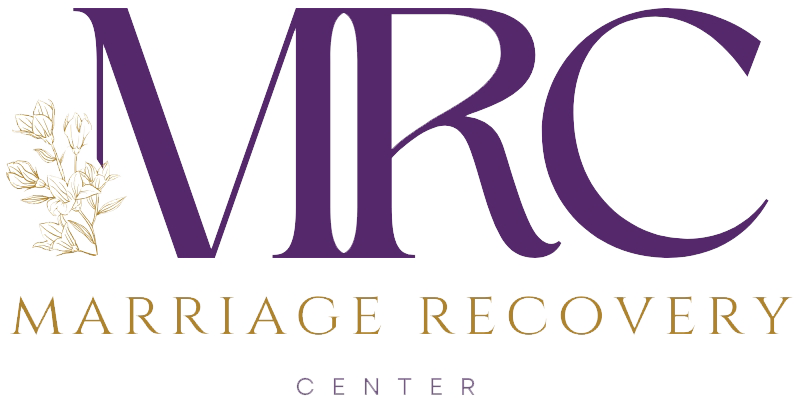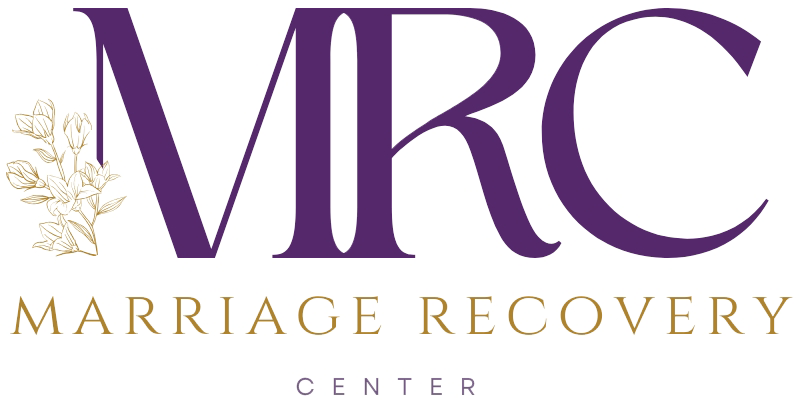If you’ve ever attempted a change in your life, whether it’s in your career, your health or a relationship, you know that it takes more than a desire or even a decision for real change to occur. New Years resolutions are a great example. Almost everyone makes them, but few people actually make long-term lasting change. Dr. Hawkins walks you through the five stages of personal transformation to help you better understand how real change occurs.
The 5 Stages of Personal Transformation
Change is an inherent part of the human experience, and we often find ourselves grappling with the need to transform in various aspects of our lives. Dr. David Hawkins, the director of the Marriage Recovery Center and the Emotional Abuse Institute, introduces a compelling change model based on the work of Prochaska and DiClemente in 1983. This model outlines the five stages of personal transformation, shedding light on the profound journey individuals undergo when striving for change.
Stage One: Pre-Contemplation
In the pre-contemplation stage, individuals exhibit no intent to change. They may remain blissfully unaware of their problems, deeply immersed in denial, and even deceive themselves. This stage is characterized by an adamant belief that the issue at hand is not their concern, responsibility, or fault. It’s a state of complacency, where the status quo reigns supreme.
This stage serves as an important data point for both the individual and those around them. Recognizing this lack of awareness is crucial before any meaningful transformation can begin.
Stage Two: Contemplation
Contemplation marks the stage where individuals become aware of their problem but lack a genuine commitment to take action. They might utter phrases like “I’m trying,” but often this is accompanied by ill-defined focus, inadequate effort, and a sense of half-heartedness. True change remains elusive during this stage, as individuals are not wholeheartedly invested in the process.
It’s essential to manage expectations during the contemplation stage. Recognizing that substantial change is unlikely to occur at this point can help individuals make more informed decisions about their transformation journey.
Stage Three: Preparation
As individuals progress into the preparation stage, they develop a sincere intent to take action. This stage represents the shift from “trying” to “training.” It’s a moment when individuals acknowledge the need for change and actively seek out ways to address their issues. They might join comprehensive programs, watch educational materials, and engage in self-reflection.
Preparation is a vital phase where acceptance of the problem begins to grow. It signifies a journey of becoming, not an instantaneous change. During this stage, individuals are laying the foundation for their transformation.
Stage Four: Action
Action signifies an active modification of behavior. Individuals have moved past mere contemplation or preparation; they are now in training. They immerse themselves in the change process, participating in programs, seeking counseling, and diligently working on assigned tasks. This is when hearts start to change, and tangible progress becomes evident.
Change during this stage may involve some steps forward and occasional setbacks. However, it’s a period of significant movement towards transformation. Individuals may face challenges, but they are committed to their journey.
Stage Five: Maintenance
The maintenance stage is a testament to the sustainability of change. Old behaviors are replaced by new ones, and old thinking patterns give way to healthier ones. During this phase, change becomes ingrained in one’s identity, and it’s no longer necessary to announce it to the world. People notice the transformation naturally because it’s evident in the individual’s actions, attitudes, and choices.
The beauty of the maintenance stage lies in its silent but profound impact on one’s life. It represents a state of becoming different, where the individual continues to grow and evolve.
Stage Six: Relapse
While not included in the original five stages, some believe that relapse should be recognized as a sixth stage. Relapse entails falling back into old behavior patterns, which can happen even after making progress. It’s important to understand that relapses are part of the journey for those in training. The key is managing these relapses effectively.
Individuals in training recognize that relapses may occur but aim to make them less frequent and less severe over time. They learn from their relapses and address areas of weakness to prevent future setbacks. Each relapse is treated on a case-by-case basis, with reparations made as necessary.
In conclusion, the five stages of personal transformation provide a valuable framework for understanding the change process. Recognizing where you or someone you know stands in these stages can offer clarity and insight into the journey of transformation. Change is not always easy, but with determination and a clear roadmap, it’s possible to embark on a path of profound personal growth and development.
To learn how we can help, reach out to us at (206) 219-0145 or info@marriagerecoverycenter.com to speak with a Client Care Specialist
Also read: How to fix an Emotionally Abusive Relationship
About Dr. Hawkins:
The internet is inundated with hyperbole and misinformation about narcissism, leaving many people confused and hopeless. Get the facts on narcissism and emotional abuse from someone who has been researching, writing about and treating narcissism and emotional abuse for over a decade.
Dr. Hawkins is a best-selling author and clinical psychologist with over three decades of experience helping people break unhealthy patterns and build healthier relationships.
He is the founder and director of the Marriage Recovery Center and the Emotional Abuse Institute which offers education, training and counseling for people who want to break free of, and heal from, emotional abuse. Whether the perpetrator of the abuse is your spouse, partner, parent, boss, friend or family member, we offer practical advice for anyone trapped in a toxic, destructive relationship.
In addition to narcissism & emotional abuse, you’ll learn about the lesser known forms of abuse, including covert abuse, reactive abuse, spiritual abuse, secondary abuse, relationship trauma and much more.








